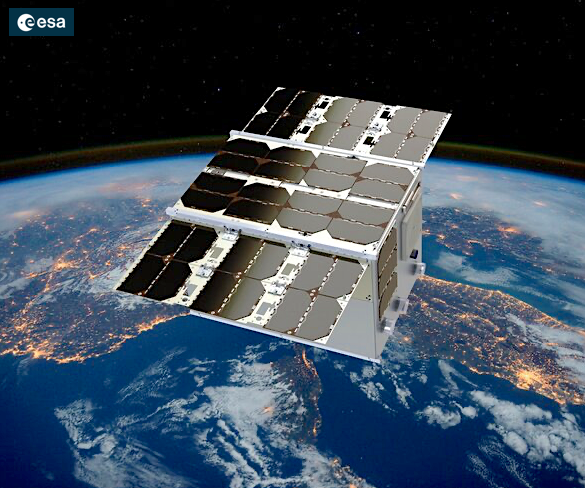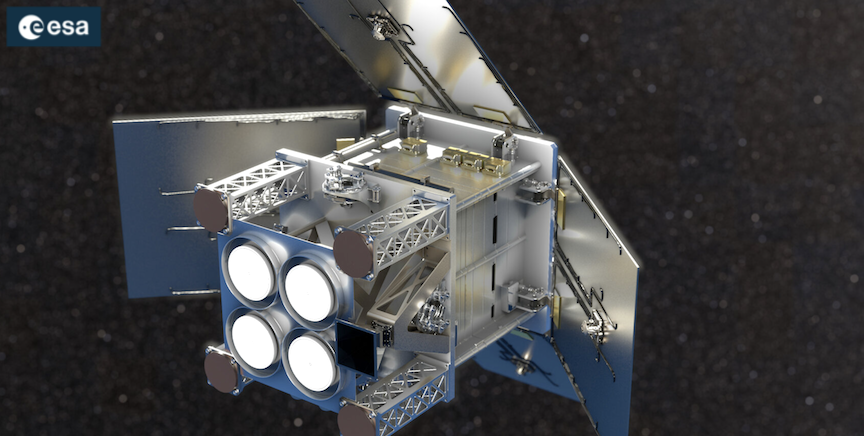
After very careful consideration, ESA’s Earth Observation Program Board has taken the decision to terminate the development of CubeMAP as a Scout satellite mission. This decision is based on the development path exceeding the programmatic constraints related to the timeline and budgetary boundaries allocated for this category of New Space mission.
Complementing ESA’s series of Earth Explorer research missions, Scout missions are a new element in ESA’s Earth Observation FutureEO Program.
Scouts aim to demonstrate the capability of small satellites to deliver value-added science, either by the miniaturization of existing technologies or by demonstrating new sensing techniques.
From kick-off to launch this must be achieved within three years and all within a strict budget of €30 million.
ESA selected CubeMAP, the first Scout mission, in December 2020. The industrial consortium comprised GomSpace (DK) as prime contractor, with RAL Space (UK), GomSpace (LU), GomSpace (SE) and Enpulsion (AT) as sub-contractors.
The mission was planned as a trio of small satellites to help quantify processes in the upper-atmosphere to understand how they affect our climate.
The constellation was to measure water vapor, carbon dioxide, methane, ozone, nitrous oxide and aerosols — all of which play a key role in the greenhouse effect and climate change.
The three satellites would have each carried three miniaturized ultra-high spectral resolution laser heterodyne spectro-radiometers and one miniaturized hyperspectral solar disk imager.
ESA is committed to adhering to the programmatic constraints set by its Member States. However, CubeMAP has been facing challenges related to meeting target costs and development time.
Simonetta Cheli, ESA’s Director of Earth Observation Programs, said, “By its very nature the New Space approach carries more risks. With the Scouts we are having to adapt to implementing missions twice as fast and 10 times cheaper than our traditional satellite missions, and of course this is not easy.
“It is crucial to ‘fail successfully’ and take tough decisions as soon as we know that boundary conditions cannot be met.
“However, what has been achieved with the development of CubeMAP is not lost. We and our industrial partners will have a lessons learned process, and of course the technology developed so far will undoubtedly be applied to future satellite missions.”
ESA’s Project Manager for the Scout missions, Jean-Pascal Lejault, added, “The development of CubeMAP so far has demonstrated the potential of a new sensing technique to capture atmospheric profiles and study the chemistry of the upper-atmosphere with miniaturized payloads that are compatible with a 12U satellite.
“The decision to halt CubeMAP does not at all invalidate the mission concept or the interest that it has received, particularly in the relevance of the two instruments (HIROS and HSDI). A credible technical baseline has been defined, as well as the associated development plan. Other avenues will be sought to bring these efforts to full fruition, outside of the Scout framework.

“I want to thank everyone that has been involved in CubeMAP for their unwavering support and we are all taking the lessons learnt forward for better success in the future.”
In the meantime, ESA’s other Scout mission, HydroGNSS, is on track for liftoff next year.
